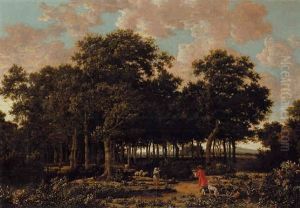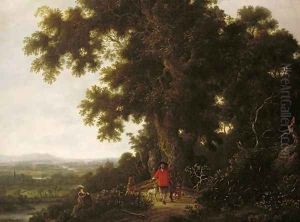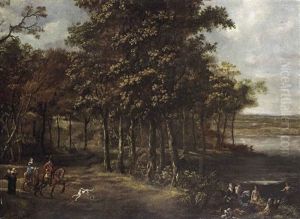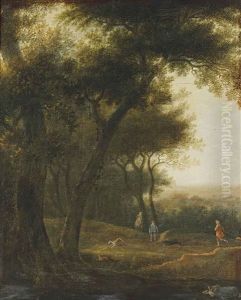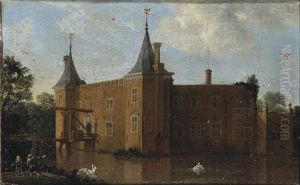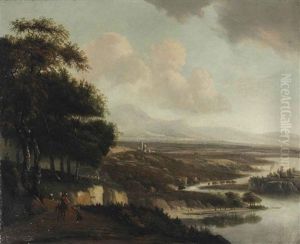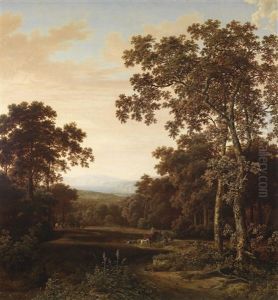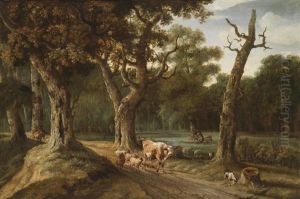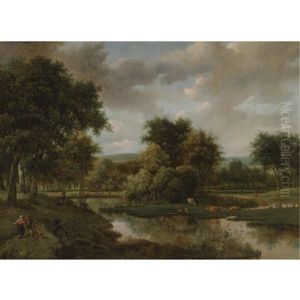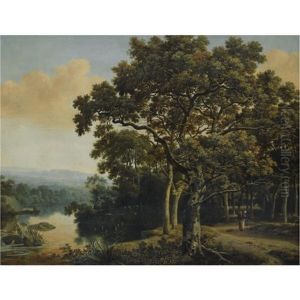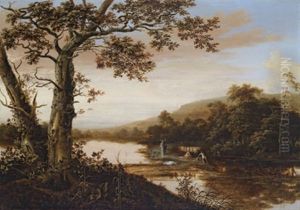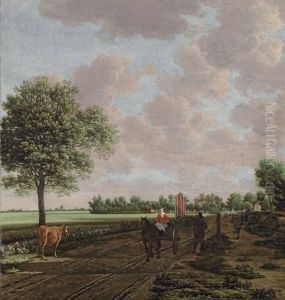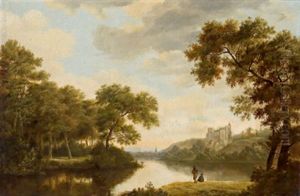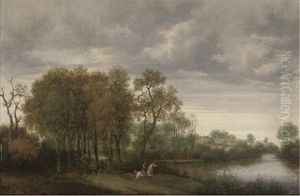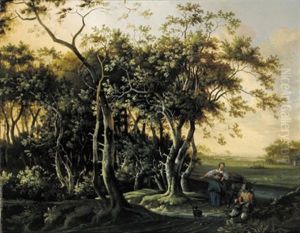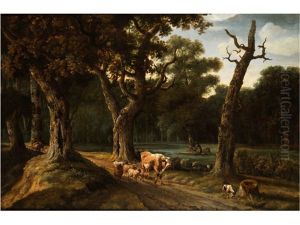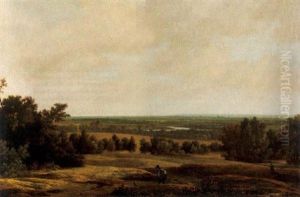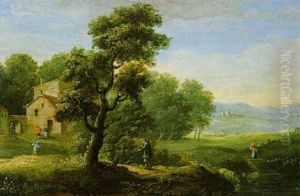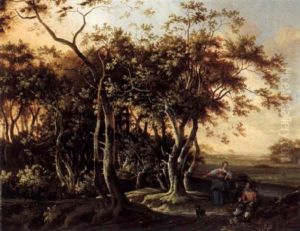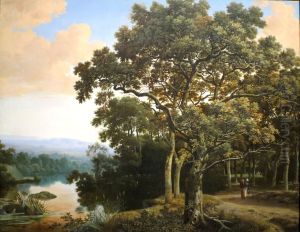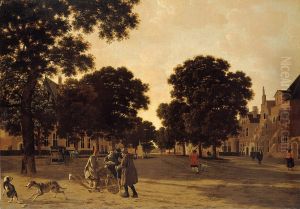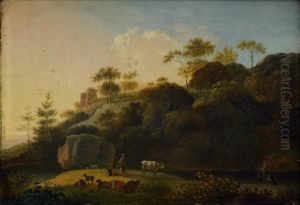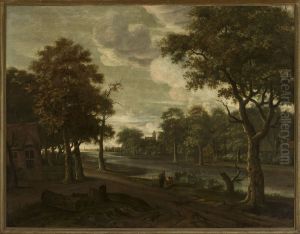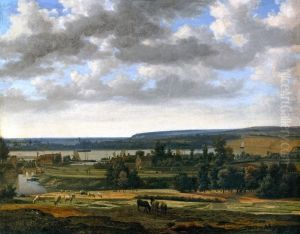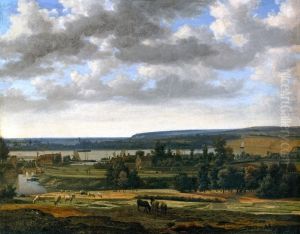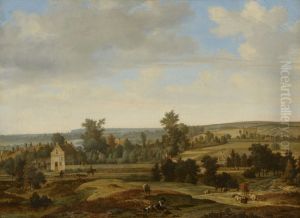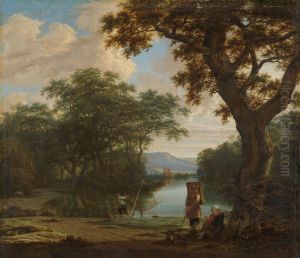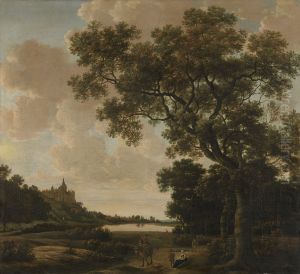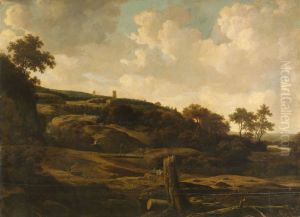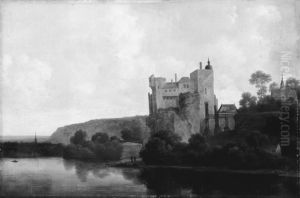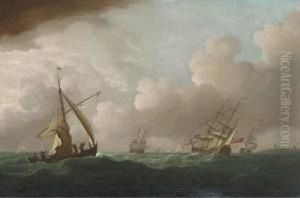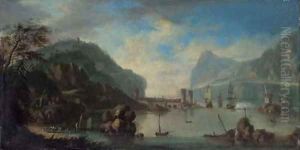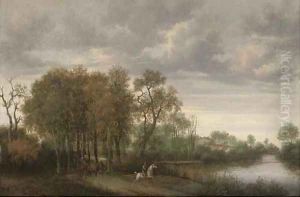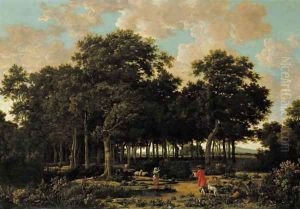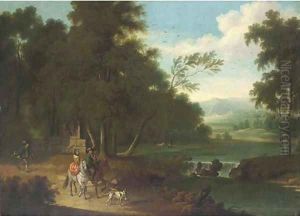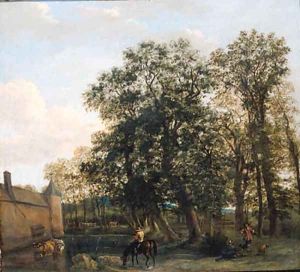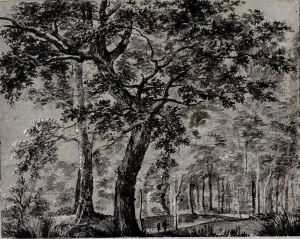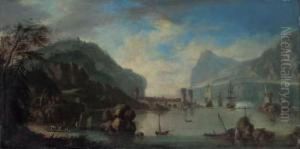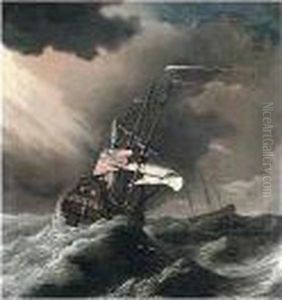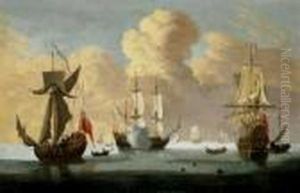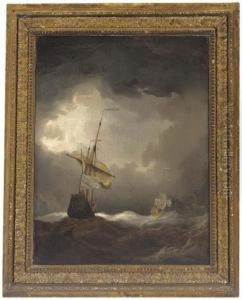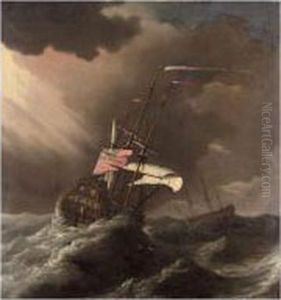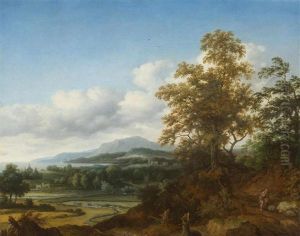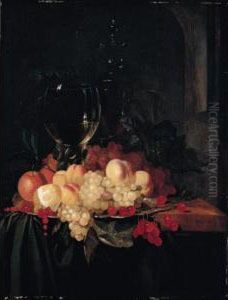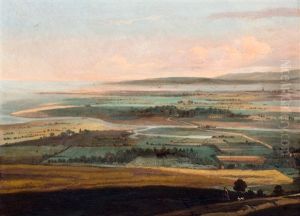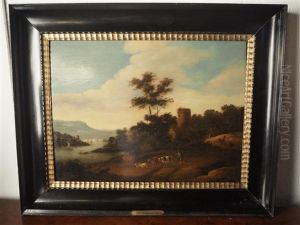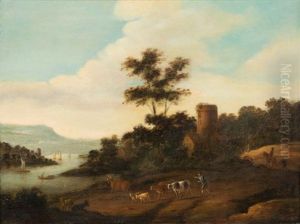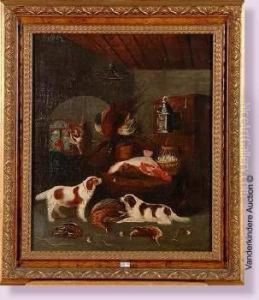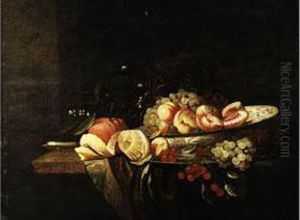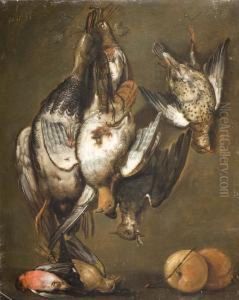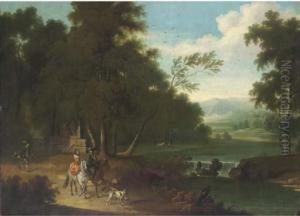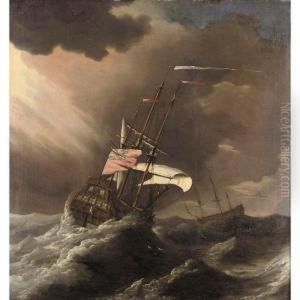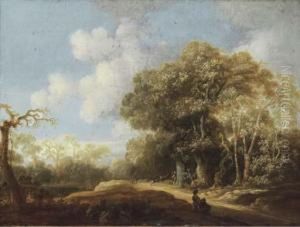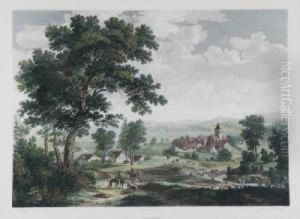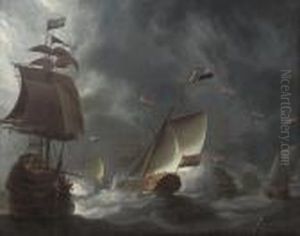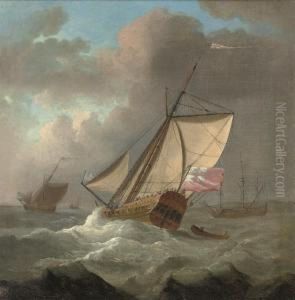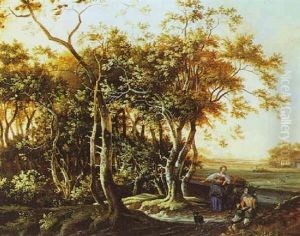Joris van der Haagen or Hagen Paintings
Joris van der Haagen, also known as Hagen, was a prominent Dutch landscape painter during the Golden Age of Dutch painting, born in Arnhem in 1615. His work is characterized by detailed and serene representations of the Dutch countryside, showcasing a deep understanding and appreciation of nature. Van der Haagen's landscapes often feature a remarkable depth and realism, with a particular focus on the play of light and shadow, which was innovative for his time. His paintings are notable for their peaceful and idyllic qualities, often depicting forests, dunes, and river scenes with meticulous attention to detail.
Van der Haagen's early life and training are not well-documented, but it is known that he was active in The Hague from around 1639 until his death in 1669. He became a member of the Painter's Confraternity of St. Luke in The Hague in 1639, which indicates his recognition and esteem among his contemporaries. Throughout his career, van der Haagen produced a substantial body of work, including both individual landscapes and collaborations with other artists. He sometimes painted the landscapes in works where figures were added by other notable painters of the time, such as Adriaen van de Velde and Johannes Lingelbach, which was a common practice among Dutch artists of the era.
Van der Haagen's landscapes not only reflect the beauty of the Dutch countryside but also serve as historical documents of the environment and society of the 17th century. His ability to capture the essence of the landscape, with its varying seasons and times of day, contributed significantly to the development of landscape painting in the Netherlands. His works were highly sought after during his lifetime and continue to be appreciated for their tranquility and natural beauty.
Despite his success, Joris van der Haagen is not as well-known today as some of his contemporaries. However, his contributions to the art of landscape painting have secured his place in the history of Dutch art. His works can be found in various prestigious museums and collections around the world, where they continue to be studied and admired for their artistic qualities and historical significance. Van der Haagen's death in The Hague in 1669 marked the end of a distinguished career, but his legacy lives on through his influential and timeless landscapes.
